
Is RoHS Certification Needed If You Have CE Certification?
Differences Between CE certification and ROHS certification for Electronic and Electrical Products Exported to Europe
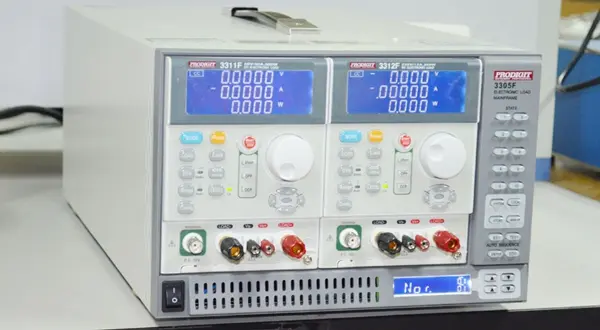
1. Certification Scope and Objectives:
- RoHS Certification (Restriction of Hazardous Substances): This directive focuses on limiting the use of hazardous substances in electronic and electrical products, specifically targeting the content of ten harmfUL substances: lead, mercury, cadmium, hexavalent chromium, PBB, PBDE, DEHP, BBP, DBP, and DIBP. Its goal is to protect human health and the environment while promoting sustainable development.
- CE Certification: This is a mandatory certification mark for products in the European EconoMIC Area (EEA), indicating that the product complies with EU directives and regulations to ensure it does not endanger human, animal, or environmental safety. It covers a wide range of products, including electronic and electrical devices, machinery, toys, etc.
2. Certification Standards:
- RoHS Certification: Governed by EU Directive 2011/65/EU, which sets limits on the use of specific hazardous substances in electronic and electrical products.
- CE Certification: Includes compliance with multiple EU directives, European standards, and other relevant regulations, addressing product safety requirements such as electrical safety, mechanical safety, radiation safety, and environmental requirements including RoHS.
3. Certification Methods and Procedures:
- RoHS Certification: Typically involves testing and evaluating the hazardous substance content in products to ensure compliance with the RoHS directive. Certification bodies conduct tests according to standards like EN 50332-2 and EN 50332-3.
- CE Certification: Manufacturers or importers must assess their products to ensure they meet CE requirements and sign a Declaration of Conformity. In some cases, manufacturers may need third-party testing and evaluation.
4. Certificate Forms:
- RoHS Certification: Issued as a certificate, proving compliance with the RoHS directive.
- CE Certification: Indicated by the CE mark on the product, showing it meets CE certification requirements.
Conclusion:
RoHS certification and CE certification are not mutually exclusive but address different compliance aspects. Strictly speaking, the RoHS directive is part of the ce marking framework. Electronic and electrical products must comply with both RoHS and CE requirements to be legally sold in the European market.
Email:hello@jjrlab.com
Write your message here and send it to us
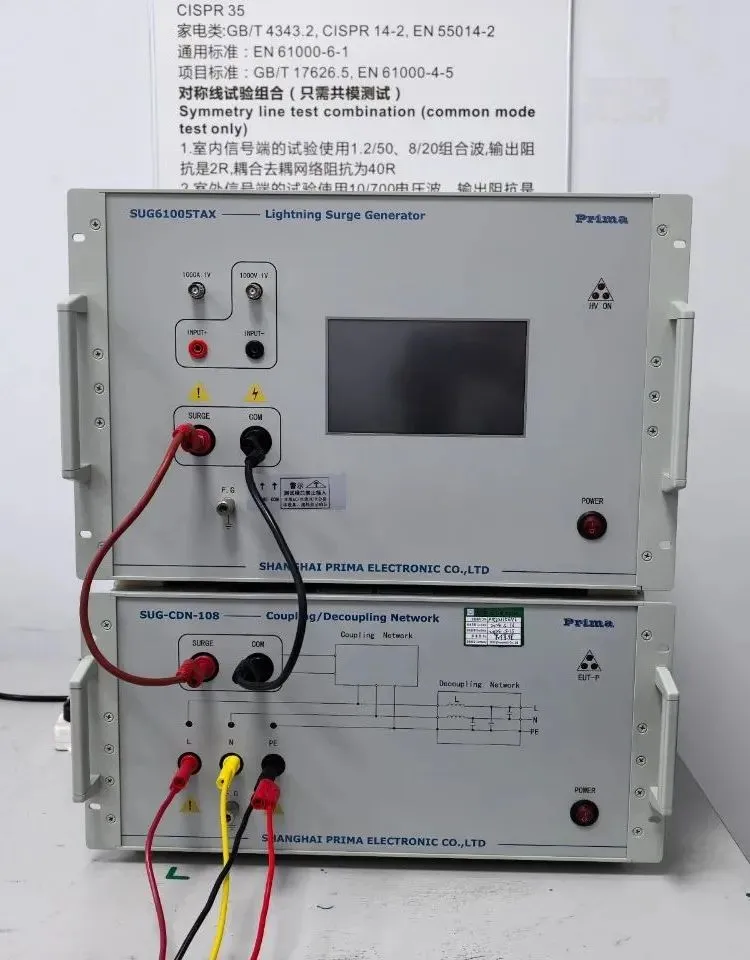 What Are the Testing Items of California Propositi
What Are the Testing Items of California Propositi
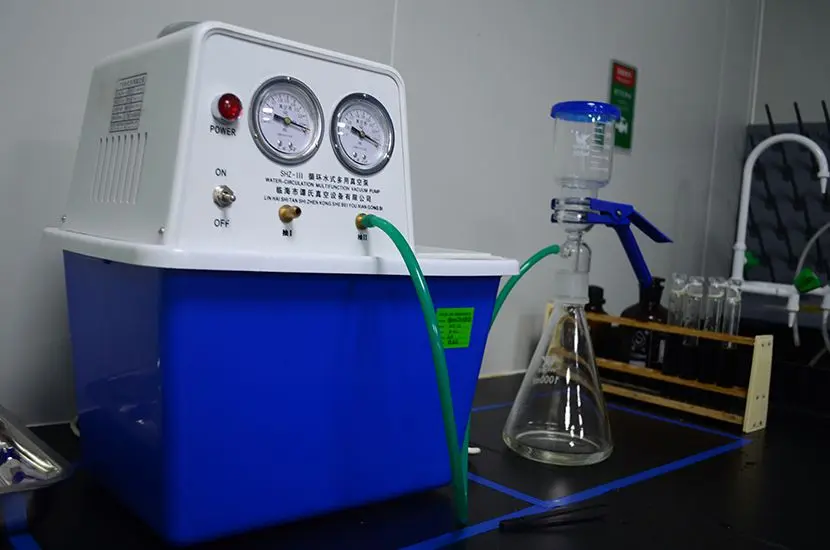 E-Cigarette EU TPD Testing
E-Cigarette EU TPD Testing
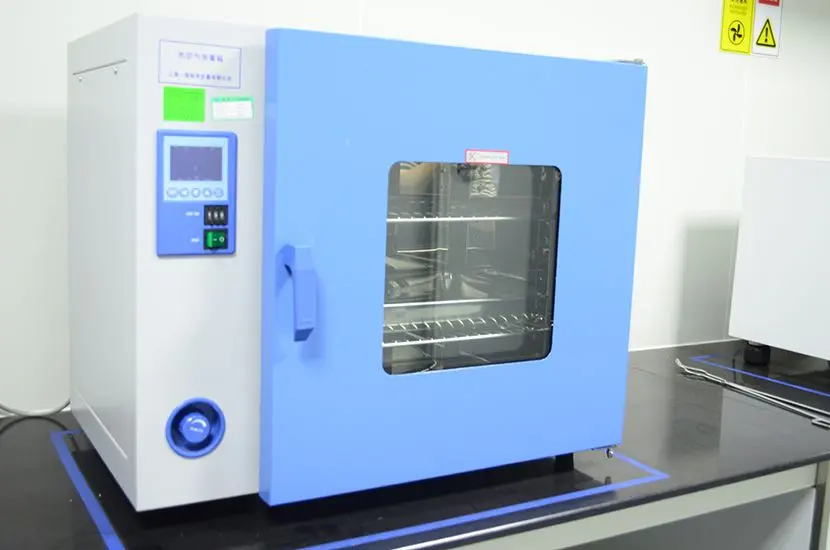 Testing Certification for E-cigarettes Exported to
Testing Certification for E-cigarettes Exported to
 What is Amazon US CPC Certification?
What is Amazon US CPC Certification?
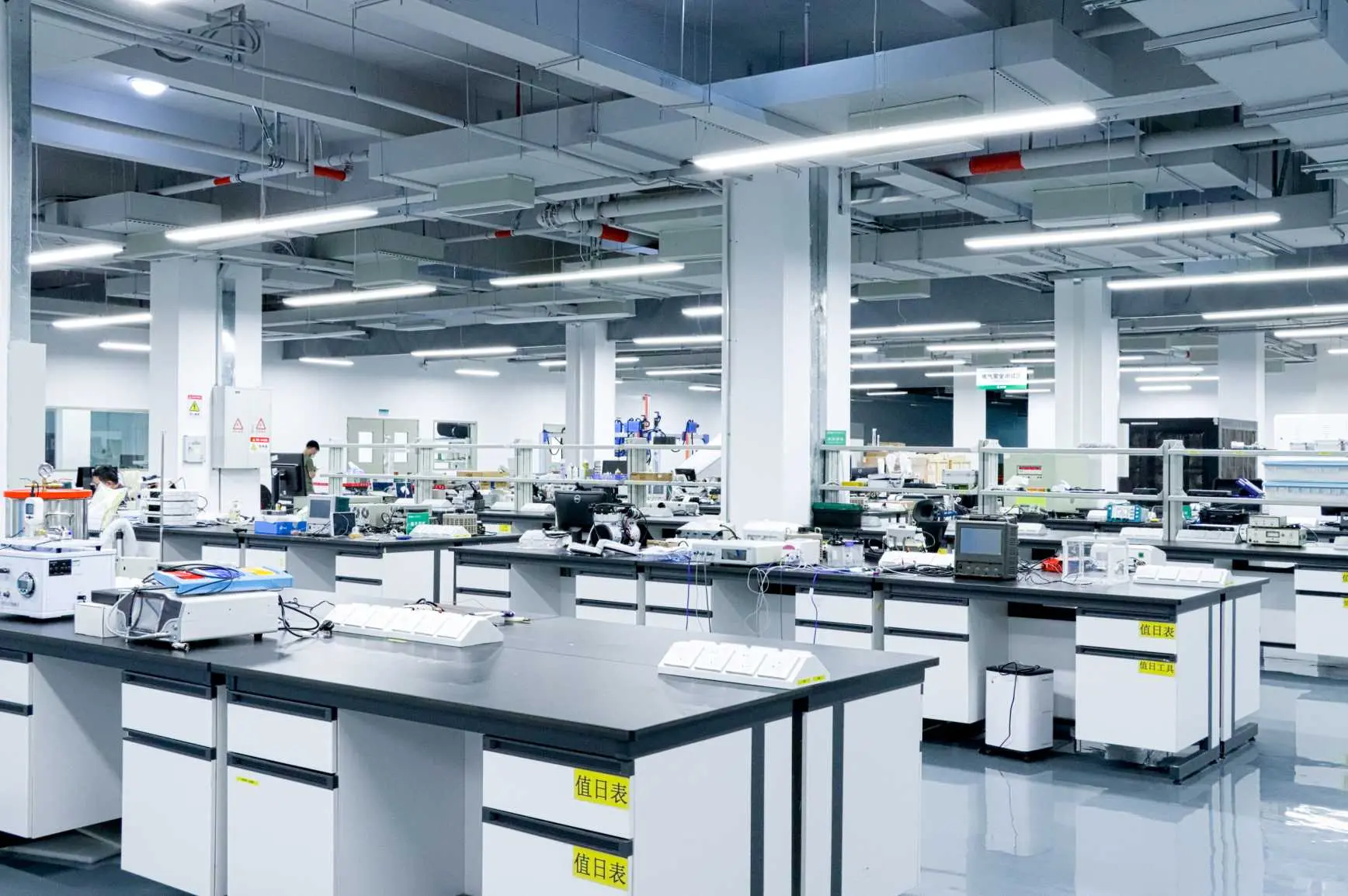 UK Toy Safety Regulation Standard EN 71-13
UK Toy Safety Regulation Standard EN 71-13
 What is EU UFI Registration?
What is EU UFI Registration?
 EU UFI Registration for E-cigarette E-liquid
EU UFI Registration for E-cigarette E-liquid
 How to get the MSDS Report for Electronic Cigarett
How to get the MSDS Report for Electronic Cigarett
Leave us a message
24-hour online customer service at any time to respond, so that you worry!




